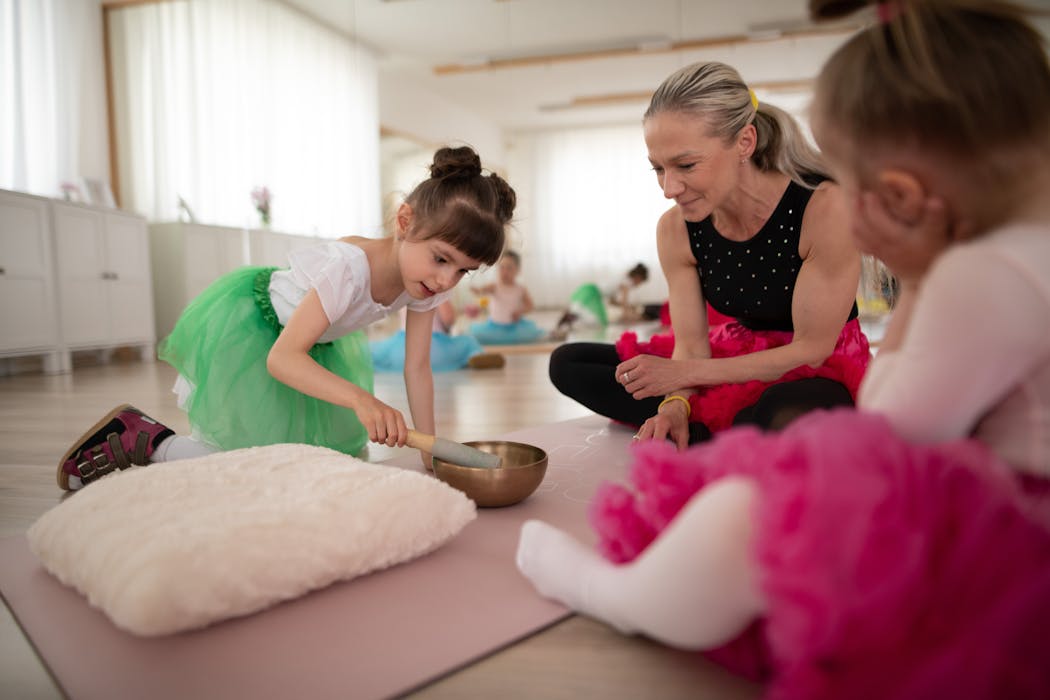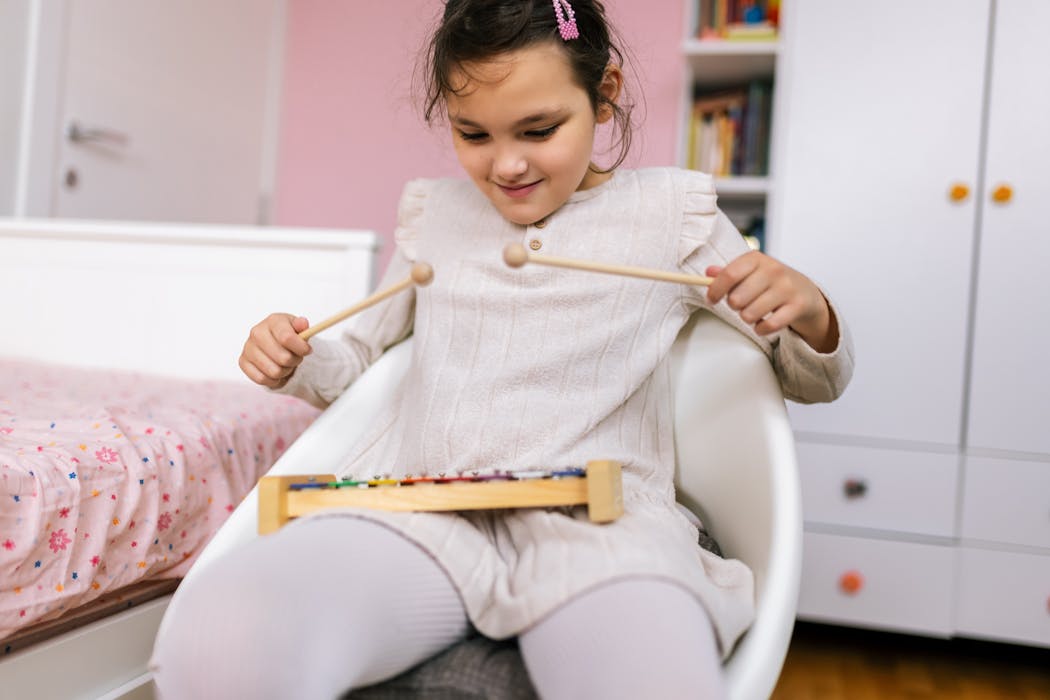Developmental delays refer to a significant lag in a child’s physical, cognitive, emotional, or social development compared to their peers. These delays can manifest in various ways, such as delayed speech and language skills, motor skills, or social interactions. It is important to note that developmental delays are not indicative of a child’s intelligence or potential, but rather a reflection of their unique developmental journey. There are many factors that can contribute to developmental delays, including genetic predispositions, environmental influences, and medical conditions. It is crucial for parents and caregivers to recognize the signs of developmental delays early on and seek appropriate interventions to support the child’s growth and development.
Children with developmental delays may require specialized interventions to help them reach their full potential. These interventions can include various therapies, educational support, and medical treatments. It is important for parents and caregivers to work closely with healthcare professionals to create a comprehensive plan that addresses the child’s specific needs. With the right support and interventions, children with developmental delays can make significant progress and thrive in their own unique way.
The Benefits of Dance Therapy for Children with Developmental Delays
Dance therapy has been increasingly recognized as a valuable intervention for children with developmental delays. This form of therapy utilizes movement and dance to promote physical, emotional, and cognitive development. Dance therapy offers a holistic approach to supporting children with developmental delays, addressing their physical coordination, emotional expression, social interactions, and cognitive processing. Through dance therapy, children can experience a sense of freedom and self-expression, while also developing important skills that can benefit them in various aspects of their lives.
One of the key benefits of dance therapy for children with developmental delays is its ability to improve physical coordination and motor skills. Through dance movements, children can enhance their balance, strength, flexibility, and overall physical coordination. This can be particularly beneficial for children with motor delays or difficulties, as it provides them with a fun and engaging way to work on their physical abilities. Additionally, dance therapy can also help children develop better body awareness and spatial orientation, which can have a positive impact on their overall physical development.
How Dance Therapy Works
Dance therapy works by utilizing movement and dance as a means of promoting physical, emotional, and cognitive development. The therapist creates a safe and supportive environment where children can explore movement and express themselves through dance. Through various dance exercises and activities, children are encouraged to engage in different types of movements that can help them develop their physical coordination, emotional expression, and cognitive processing. Dance therapy sessions are often tailored to the specific needs and abilities of each child, ensuring that they receive personalized support that addresses their unique challenges and strengths.
In addition to the physical benefits, dance therapy also offers emotional and social benefits for children with developmental delays. Through dance, children can express their emotions in a non-verbal way, allowing them to release pent-up feelings and develop a greater sense of emotional awareness. Furthermore, dance therapy provides opportunities for social interaction and connection with others, which can be particularly valuable for children who struggle with social skills or communication. Overall, dance therapy works by harnessing the power of movement and dance to support children’s holistic development and well-being.
Tailoring Dance Therapy to Individual Needs
One of the strengths of dance therapy is its ability to be tailored to the individual needs of each child. Every child with developmental delays has unique challenges and strengths, and it is important for dance therapists to create personalized interventions that address these specific needs. This may involve adapting the types of movements and exercises used in therapy to accommodate the child’s physical abilities, cognitive processing, and emotional expression. Additionally, dance therapists may also incorporate various sensory stimuli or props to create a more engaging and supportive environment for the child.
Furthermore, dance therapists work closely with parents, caregivers, and other healthcare professionals to ensure that the therapy plan aligns with the child’s overall developmental goals. By collaborating with the child’s support network, dance therapists can create a comprehensive approach that integrates dance therapy into the child’s daily life and other interventions they may be receiving. This collaborative approach ensures that the child receives consistent support across different settings and activities, maximizing the impact of dance therapy on their overall development.
Success Stories: Real-Life Examples of Dance Therapy’s Impact
There are numerous success stories that highlight the positive impact of dance therapy on children with developmental delays. For example, a young boy with autism spectrum disorder struggled with sensory processing issues and social interactions. Through dance therapy, he was able to improve his sensory integration and develop better social skills through movement-based activities. Another success story involves a girl with cerebral palsy who experienced significant improvements in her physical coordination and self-confidence through dance therapy. These real-life examples demonstrate the transformative power of dance therapy in supporting children with developmental delays.
In addition to these individual success stories, research has also shown the positive impact of dance therapy on children with developmental delays. Studies have found that dance therapy can improve motor skills, emotional regulation, social interactions, and overall quality of life for children with various developmental challenges. These findings further underscore the value of dance therapy as a valuable intervention for supporting children’s holistic development.
Integrating Dance Therapy into Daily Life
Integrating dance therapy into daily life is an important aspect of maximizing its impact on children with developmental delays. This involves incorporating movement-based activities and exercises into the child’s daily routine at home, school, or other settings. Parents and caregivers can work with the child’s dance therapist to identify ways to integrate dance therapy principles into everyday activities, such as incorporating movement breaks into homework sessions or engaging in dance-based play at home.
Furthermore, schools and other educational settings can also play a role in integrating dance therapy into daily life for children with developmental delays. By incorporating movement-based activities into the curriculum and providing opportunities for inclusive dance experiences, schools can create an environment that supports the holistic development of all students. This collaborative approach ensures that the benefits of dance therapy extend beyond the therapy sessions themselves and become an integral part of the child’s overall development.
The Future of Dance Therapy for Children with Developmental Delays
The future of dance therapy for children with developmental delays holds great promise as awareness of its benefits continues to grow. As more research is conducted on the impact of dance therapy on children’s development, there is potential for further advancements in this field. Additionally, as society becomes more inclusive and supportive of individuals with developmental challenges, there is an increasing demand for holistic interventions like dance therapy that address the diverse needs of these individuals.
Furthermore, advancements in technology and telehealth have opened up new possibilities for delivering dance therapy to children with developmental delays. Through virtual platforms, children can access dance therapy from the comfort of their own homes, expanding access to this valuable intervention for families who may not have easy access to in-person services. This increased accessibility has the potential to reach more children in need and further expand the reach of dance therapy as a supportive intervention for children with developmental delays.
In conclusion, dance therapy offers a holistic approach to supporting children with developmental delays by addressing their physical coordination, emotional expression, social interactions, and cognitive processing through movement and dance. By tailoring interventions to individual needs and integrating dance therapy into daily life, children can experience significant improvements in their overall development. As awareness of its benefits continues to grow and advancements in technology expand its reach, the future of dance therapy holds great promise for supporting the holistic development of children with developmental delays.
Find out how Torongo Therapyplus can help you with your needs. Get in touch with us at smile@torongo.life, or call us on 02 8809 9965.































